
Working towards Sustainable Pace in Scrum, SAFe and Kanban
Aiming towards Sustainable Pace “Agile processes promote sustainable development. The sponsors, developers, and users should be able to maintain a constant pace indefinitely.” – The
Home » Kanban

Aiming towards Sustainable Pace “Agile processes promote sustainable development. The sponsors, developers, and users should be able to maintain a constant pace indefinitely.” – The
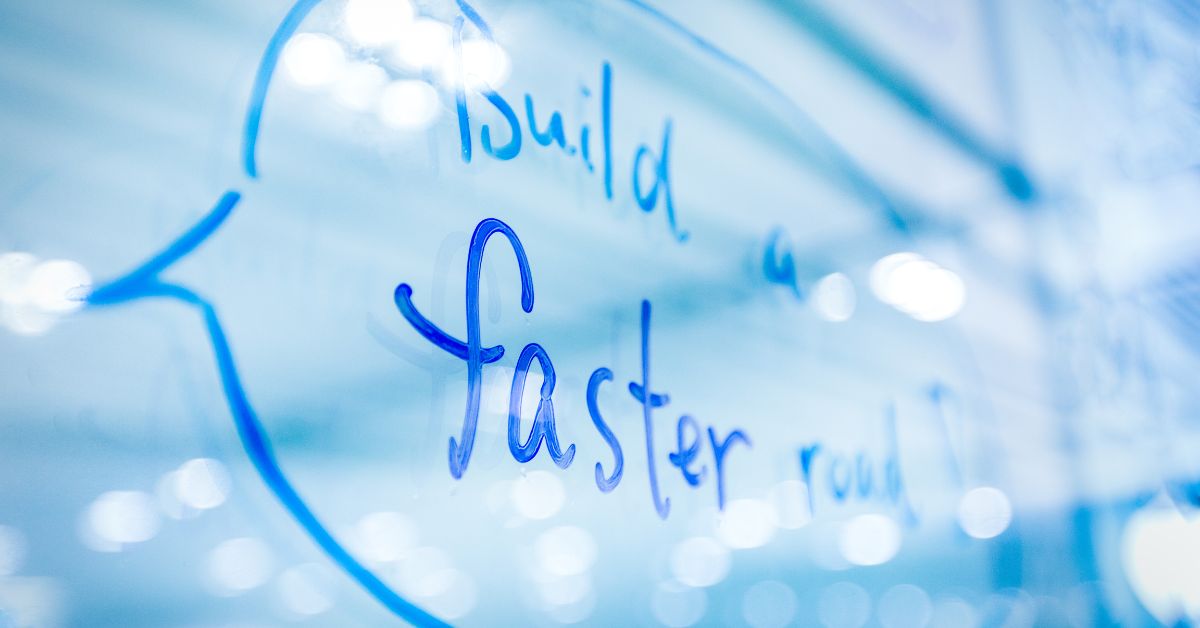
Here’s a frequently asked question in the SAFe community: I wanted to understand what SAFe says about someone who wants to go faster than 2 weeks of iteration? I mean the whole PI concept is based on 5 iterations worth of planning. What if a team/organization wants to develop and synchronize faster than 2 weeks? Is speed going to be compromised by following the standards of PI cadence?
Here’s my take:
Adjusting Cadence Length in SAFe – Can you? Should you?
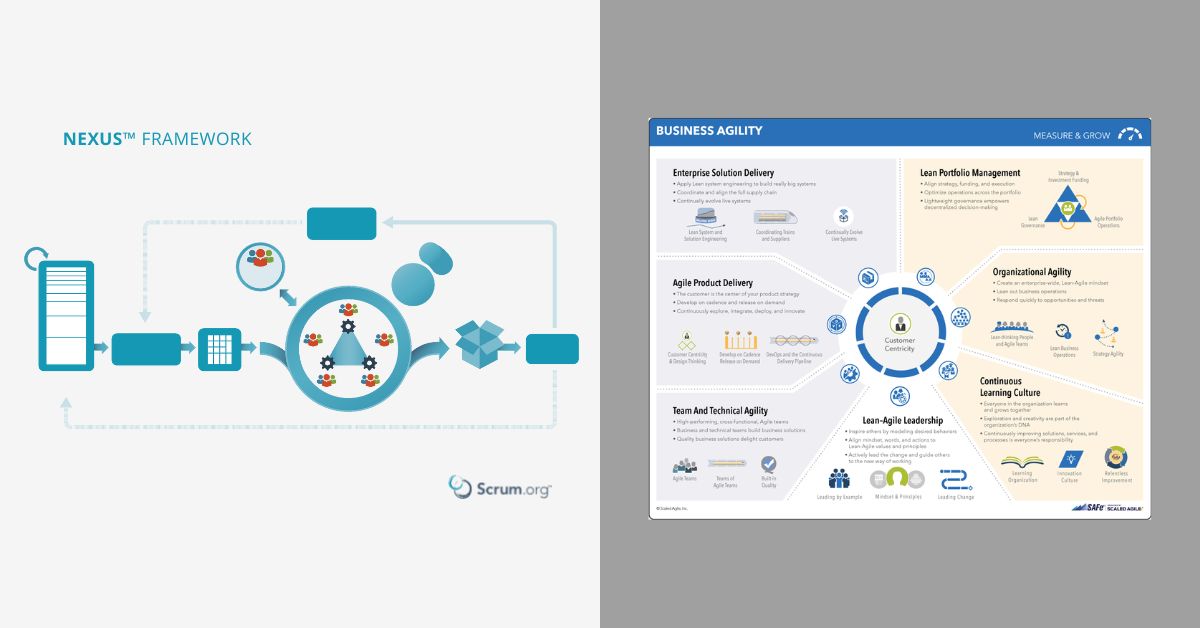
Comparing Nexus and SAFe – Similarities, Differences, Ideas.
I’ve been asked several times now about Nexus and SAFe – what are the similarities, differences, etc. If you’re not familiar with either Nexus or SAFe I recommend taking a look at the Nexus Guide and the SAFe whitepaper first.
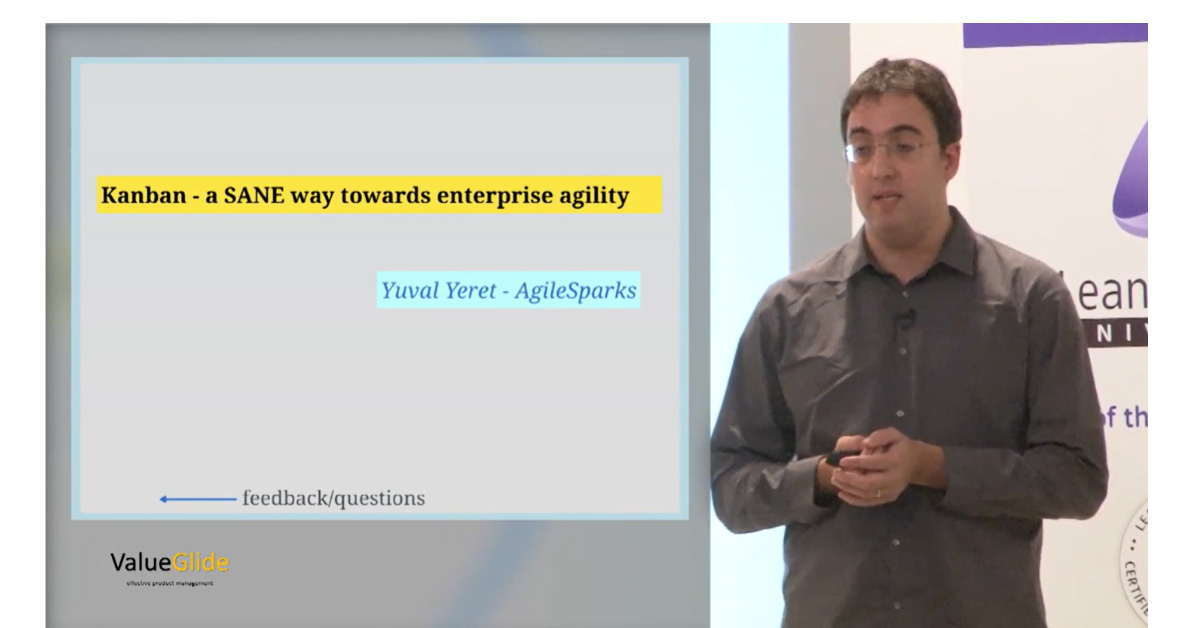
Currently, there is no question that business agility is required. You will also be hard-pressed to find anyone arguing against the core principles of agility.
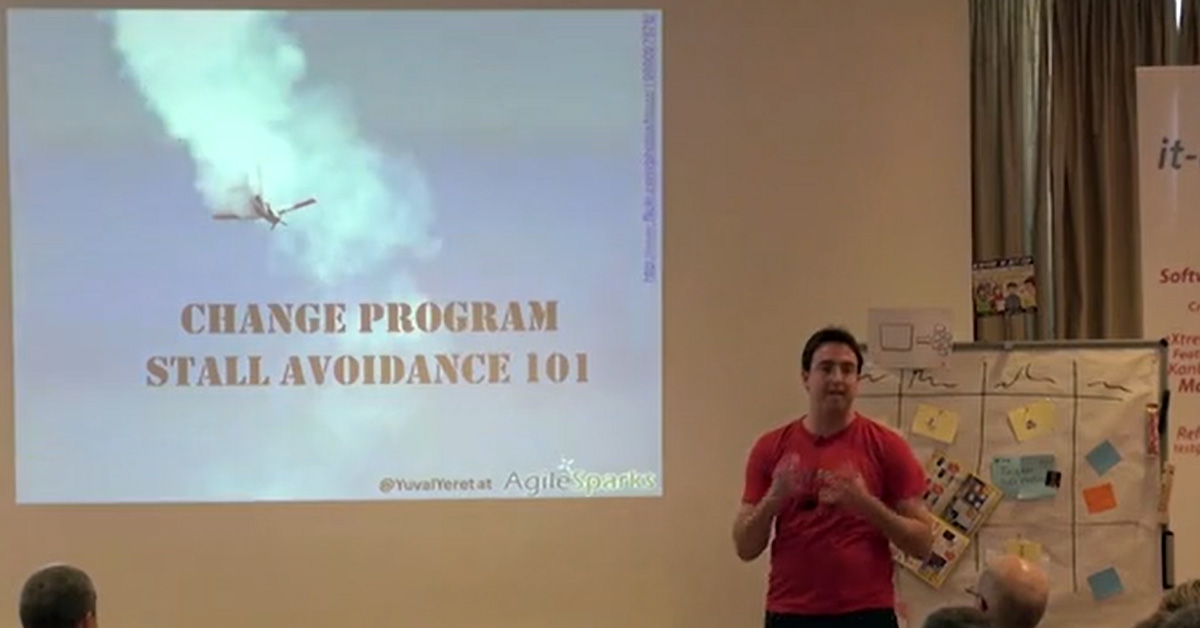
Lean Kanban Central Europe Pecha Kucha) This Video was recorded at the conference Lean Kanban Central Europe, which took place in Munich (Germany), Oct 17-18
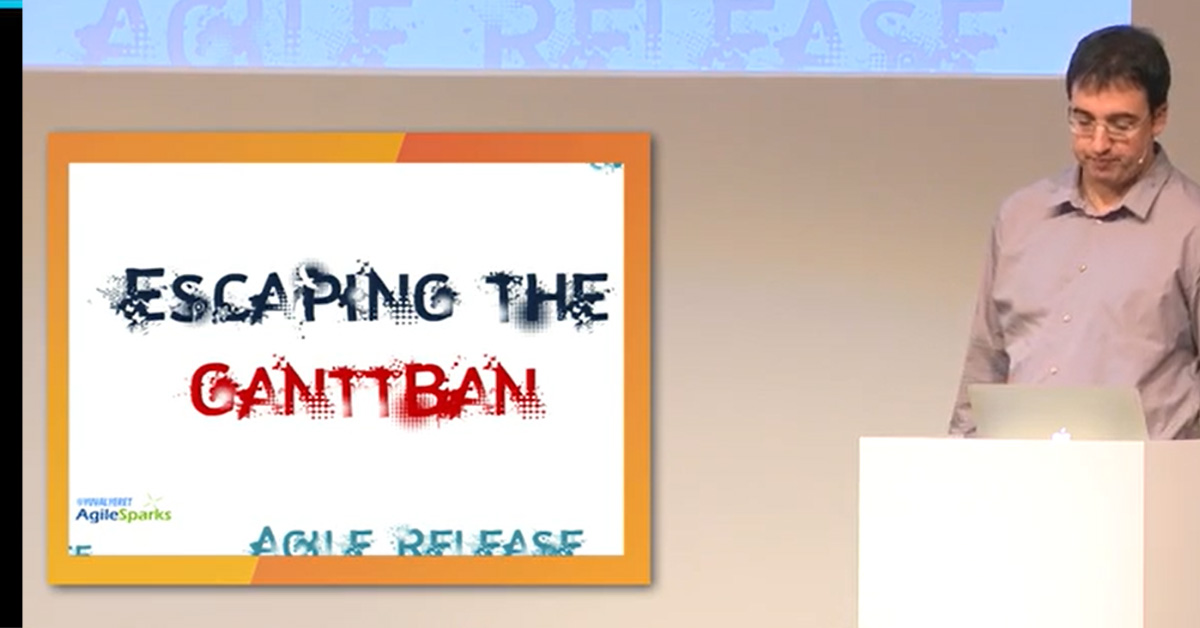
Using Kanban to help organizations evolve means we frequently use it in situations where predictability is important BUT good flow is not immediately attainable, where

Scaling Agile Reading List Dave Snowden “Put brutally SAFe Implementation Roadmap – Scaled Agile Framework Implementing – Scaled Agile Framework portfolio+kanban Here Be Dragons –

To Team or not to Team?
If you look at the definition of Kanban or Lean, you wouldn’t find teams anywhere there.
If you look at the Agile Manifesto, you can find “The best architectures, requirements, and designs
emerge from self-organizing teams”
Scrum is quite clear about the topic
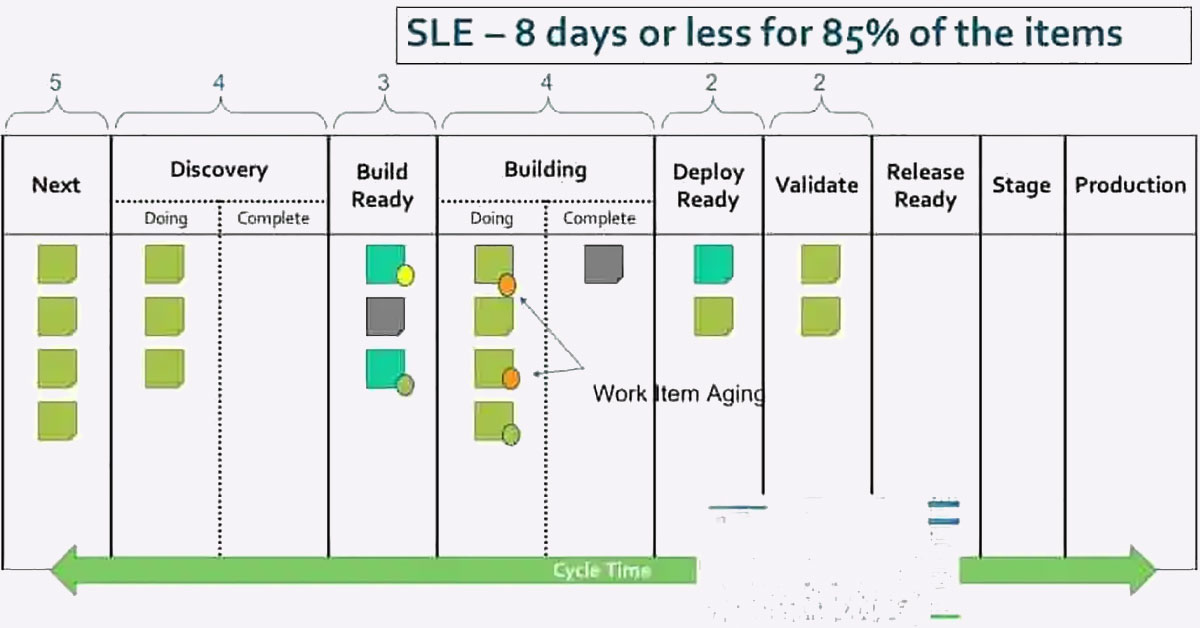
One of the new concepts we introduce in the Kanban Guide for Scrum Teams is the Service Level Expectation, defined as:
An SLE forecasts how long it should take a given item to flow from start to finish within your workflow. The SLE itself has two parts: a period of elapsed days and a probability associated with that period (e.g., “85% of work items will be finished in 8 days or less” which can also be stated as “8 days with 85% confidence/probability”).

Co-Creating and teaching the new Scrum.org Professional Scrum with Kanban class has given me an opportunity to get back to geeking out on WIP limits, flow metrics and all things Kanban. And it’s been fun!
Request for additional information and prices